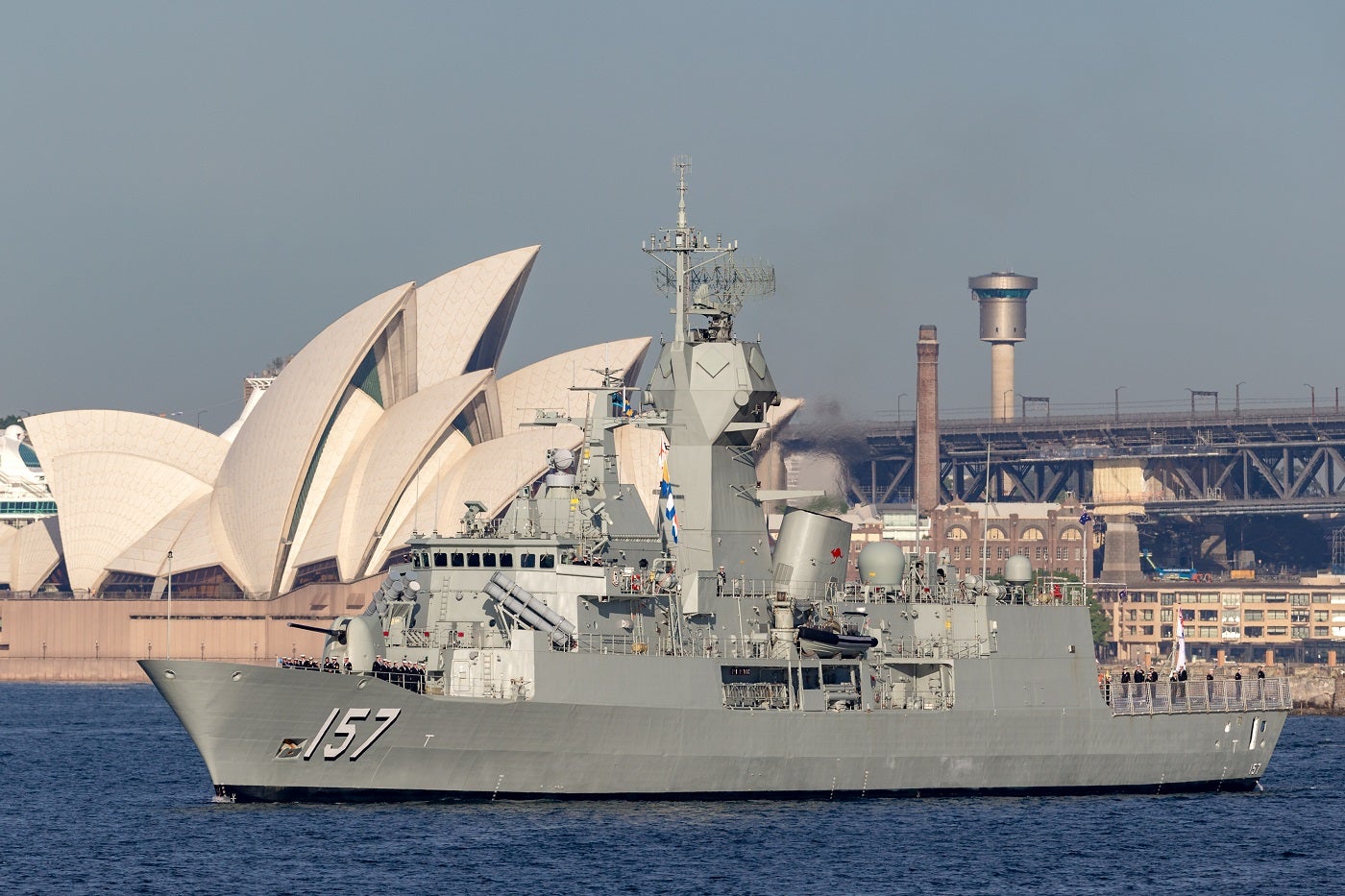
Australia is ramping up its defence capabilities, focusing on its Navy, as it seeks to address growing geopolitical challenges and escalating tensions in the Indo-Pacific region.
According to GlobalData’s “Australia Defence Market 2023-2028” report, the country’s defence budget is set to witness a compound annual growth rate (CAGR) of 5.2%, reaching $48.3 billion by 2028. The transformative trilateral security alliance, AUKUS, and strategic partnerships drive the modernization efforts, positioning Australia to respond effectively to emerging security threats.
Developing capabilities to protect a ‘free and open’ Indo-Pacific
Amidst escalating tensions in the Indo-Pacific region, evolving geopolitical challenges, and growing strategic competition, Australia recognizes the necessity of addressing these factors by building a modern military force.
In a GlobalData’ Analyst Briefing: The AUKUS Pact, one year on’, James Marques says: “Australia is a ‘western’ and democratic nation with a vested interest in the liberal world order and a ‘free and open’ Indo-Pacific. In recent years, Australian politics has been marred by controversy over the extent of Chinese influence in the economic and political spheres.
GlobalData’s latest report, “Australia’s Defence Market Size and Trends, Budget Allocation, Regulations, Key Acquisitions, Competitive Landscape and Forecast, 2023-28,” reveals that the country’s defence budget in 2023 witnessed a growth of 5%, increasing to $38.1 billion from $36.3 billion in 2022.
The increase in the defence budget is primarily due to the slew of ongoing and planned procurement programs, which aim to modernize the country’s current defence inventory.
“AUKUS serves as a driving force behind the increased defence expenditure, enabling Australia to modernize its defence capabilities and effectively address emerging security threats,” says Akash Pratim Debbarma, Aerospace & Defense Analyst at GlobalData.
The formation of AUKUS has emerged as a transformative initiative, paving the way for the Australian Navy to acquire and operate nuclear submarines. This partnership between the US, UK, and Australia showcases the country’s readiness to adapt to evolving security challenges and collaborate with strategic allies to meet shared objectives.
A strategic economic relationship soured with security concerns
The naval modernization efforts are not limited to nuclear submarines alone. The ongoing procurement of the Hunter-class frigate represents a significant milestone for Australia’s Navy.
The selection of the BAE Systems Type 26 as the winning design, along with the involvement of Australian companies in the program, highlights the nation’s commitment to bolstering its defence capabilities and supporting domestic industries.
Downstream opportunities provided to local companies such as Datanet, Lamson Concepts, Cohda Wireless, and Dematec Automation demonstrate the program’s positive impact on the Australian economy.
“Australia recognizes the importance of upholding alliances and partnerships, including the Quadrilateral Security Dialogue with Japan, India, and the US, to navigate the evolving security landscape,” concludes Debbarma.
Balancing economic interdependence with security concerns, Australia’s comprehensive strategic partnership with China presents unique complexities. Australia aims to foster stability, protect national security interests, and contribute to the broader global security landscape through robust investments in defence capabilities and engagement with international partners.
As tensions continue to rise in the Indo-Pacific region, Australia’s Navy, fuelled by increased defence expenditure and strategic partnerships, will play a crucial role in the nation’s efforts to ensure regional stability and safeguard its interests in the evolving security landscape.



